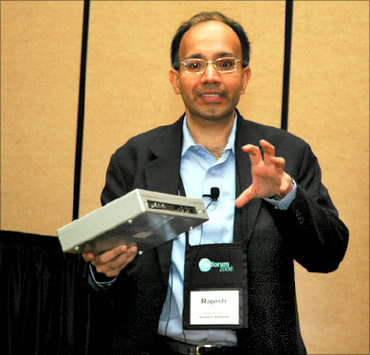
Novatium, a computing services company founded by Rajesh Jain in 2004, offers a thin client-based computing solution, which is delivered as a utility service to households and requires very low energy to function.
The company has filed 10 patents in the areas of utility-based computing services.
Read how the company is making computing affordable for everyone in the concluding part of India Brand Equity Foundation's series 'Innovations from India: Harbingers of Change'.

It can help the government realise additional tax revenues of two to five per cent over and above the existing tax revenues.
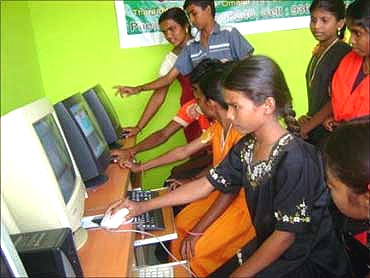
In contrast to the potential benefits, ICT has not achieved the level of impact that it could have across the developing/emerging world.
In addition to conventional concerns (such as cost of PCs, lack of connectivity, and so on) there have been concerns among household users regarding the management of upgrades to existing software, piracy in software, handling of virus attacks and the breakdown of systems (often termed as a 'hard drive crash').
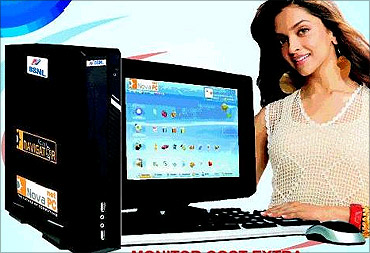
Jain founded Novatium in October 2004 (it began formal operations in January 2005).
He is also known for his web portal Indiaworld.com which he set up in 1995 (and went on to add bawarchi.com, khoj and khel.com to his repertoire), and sold to Satyam Infoway in 1999 for $115 million one of Asia's largest internet deals at the time. Today, Jain is the managing director of Netcore Solutions.

Both Stata and Jain made an investment, which together was worth $20 million, to set up Novatium.
The key drivers that led Novatium to develop the innovative service were to provide consumers with simple computing, coupled with an obsolescence-proof service.
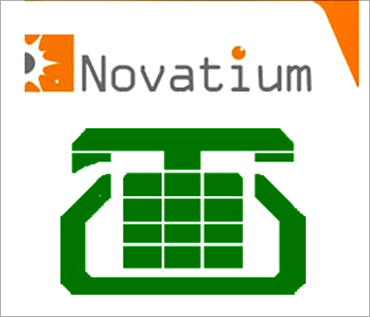
Eliminate the issues pertaining to desktop management, eliminate viruses and spyware and enable instant turn on/off of the service based on individual needs.
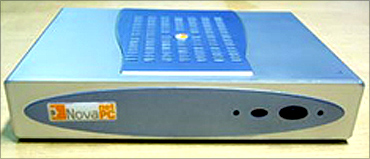
Novatium incorporated the following key features into its computing utility service:
Computing as utility. The organisation developed a model whereby the computing capability of personal computers can be provided as a utility service, similar to water and power supplies.
The model is based on the concept of thin client application. Generally, the software on which a PC depends (such as the operating system) resides in the machine. In a thin client solution, the software actually resides in a remote location (such as the server of the service provider).

Connectivity is required for a thin client solution to work, and this can be achieved through the internet or other private networks.
Simple and innovative service interface. The user gets only a screen, a keyboard and a mouse. All the computing is done at the server level. The software, hardware and connectivity are all on the server, which are managed by Novatium.
The product has no storage, no hardware, no software, and hence no maintenance and no upgradation issues. The most interesting innovation here is that the heart and brain of the machine run on mobile phone chip technology.
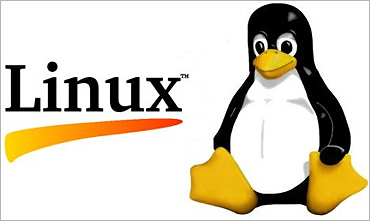
Value-driven innovation
Based on the results that the service has been able to achieve, the impact of this service is very encouraging, for instance:
Computing at a reasonable price. Novatium's offering include Nova Navigator (earlier known as Nova Net PC) and Navigator Plus. The prices start at $108 without a monitor (includes keyboard and mouse) and $184 with a monitor.

The basic price for a Windows package starts from $11 a month, while for the Linux suite, the price starts at $9 a month.
The other offerings include Nova Neon (a laptop like device with the same service model) and Nova cNergy (a pendrive like device which lets any regular desktop or laptop gain access to Nova Computing Services). The broadband charges have to be paid separately.
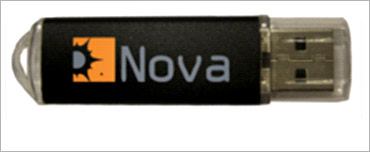
Easy and convenient solution There are USB ports for peripherals and there is no need for a UPS system. In case of a power failure, there will be no data loss, since everything will be safe on the server. The device provided by Nova uses 5 watts of power. It doesn't have any moving parts, and is very rugged.

Currently ,the service is present in over 100 cities in India and it also has a presence in Mauritius and Thailand. On the anvil are plans to expand the service to other global markets as well.